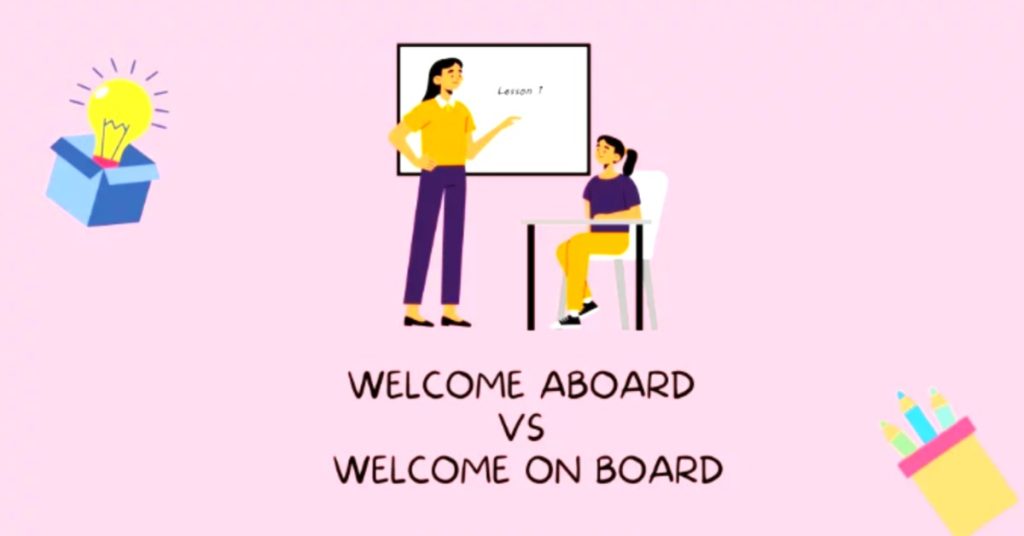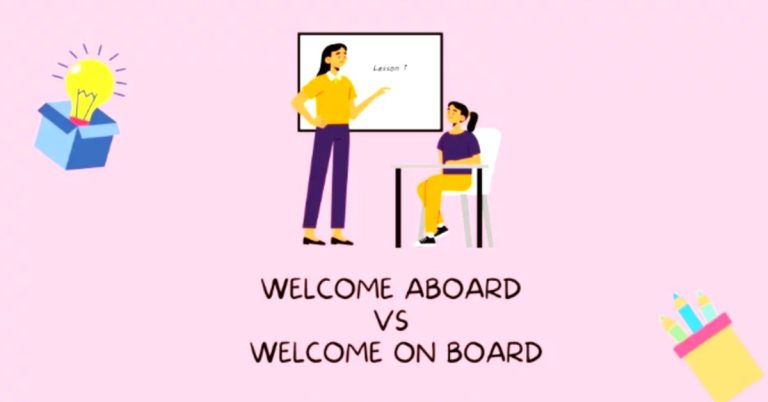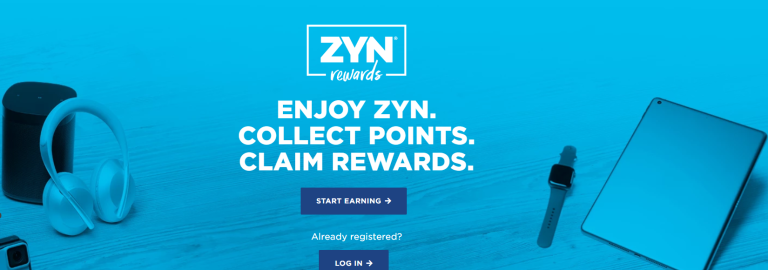If you’ve ever taken a plane, train, or ship or started a new job, you might have encountered the phrases Welcome aboard or Welcome on board. The question arises: what is the distinction between these two, and which should you use? Let’s delve into the matter and find out!
In simple terms, both phrases are grammatically correct and can be used interchangeably. However, there are specific nuances to consider when choosing between them, such as the level of formality or informality of the situation. Now, let’s examine the differences between Welcome aboard and Welcome on board.
Welcome On Board Vs Welcome Aboard
You can use both expressions, “welcome aboard” and “welcome on board,” interchangeably when you speak.
The term “aboard” originates from the French phrase “à bord,” which carries the same meaning as the English phrase “on board.”
These two phrases share two similarities:
- They both signify a welcome to board a vehicle like a ship, train, or plane.
- In a contemporary context, both expressions can be used to welcome new employees to a company or to include them in the team.
Here are a couple of examples of how they can be used:
- “We extend a warm welcome to you aboard this flight.”
- “We extend a warm welcome to you on board as a new employee.”
What Does “Welcome Aboard” Mean?
In the service industry, such as on planes, trains, or boats, the phrase “Welcome aboard” or “Welcome a board” is used as a greeting. For instance, a flight attendant may say “Welcome aboard” when passengers enter a plane. This expression has the same meaning as “Welcome to the flight” or “I’m pleased that you have chosen to travel with us.”
“Welcome aboard” originated in the early 1800s when commercial passenger ships became more prevalent. The captain would announce “all aboard” to inform passengers that they could board the ship. Nowadays, “welcome aboard” can also be used in non-commercial travel settings to welcome a new member to a group or organization.
When to Use Welcome Aboard?
When someone has recently arrived on a plane, train, boat, or other transportation, you can say, “Welcome aboard.” The air hostess, stewards, cabin crew, pilot, or conductor typically welcome the onboard passengers using this phrase. However, its usage has expanded over time, and now we can employ it in various contexts beyond its original meaning.
How to Respond to Welcome Aboard?
When someone greets you on a ship, a simple “thank you” would be enough as a reply. You may elaborate further if you’re in a professional setting. You can express your gratitude and convey your enthusiasm for becoming part of the team or organization.
Examples of Welcome Aboard in Sentences
Here are some examples of how to use the phrase “welcome aboard” to express a sense of hospitality and welcome:
- “Congratulations on getting the job. We’re excited to have you with us. Welcome aboard!”
- “We warmly welcome the new marketing team as they join us.”
- “The flight attendant will greet you and welcome you onto the plane.”
- “I’m pleased that you chose to join our team. Welcome a board!”
- “Let’s all welcome our new company president. We’re excited to have you on board!”
- “We appreciate your choice of our airline. Welcome aboard!”
- “The captain greeted us as we boarded and encouraged us to enjoy the flight.”
Here are some examples of how to use “welcome aboard” in a sentence in a business or social context:
- “I’m thrilled that you decided to join the team. You’ll be a valuable addition to our company. Welcome to the board!”
- “My sisters and I agreed that you would perfectly fit our book club. Welcome aboard!”
- “Please join me in giving Rachel a warm welcome. I’m confident she’ll make a great addition to our team.”
- “I am delighted to be a part of my new team at work! Everyone made me feel welcome on my first day.
- “The entire team came together and baked a cake to welcome you aboard.”
What Does “Welcome On Board” Mean?
“Welcome on board” and “Welcome aboard” have the same meaning and can be used interchangeably.
Similarly to “welcome aboard,” professionals in the service industry often use “welcome on board” to greet passengers as they enter a vessel. This phrase can also be used when extending a welcome to a new team member in the workplace or an individual joining a social organization.
The sole difference between these two expressions lies in their formality. “Welcome on board” carries a slightly more formal and ceremonial tone compared to the casual and friendly nature of “Welcome a board.” Consequently, when addressing friends, family, and colleagues, it is more common to opt for “welcome aboard” instead of “welcome on board.”
When to Use Welcome On Board?
You can utilize “welcome on board” similarly to how we use “welcome aboard.” “Welcome on board” is a more formal expression often employed by pilots, cabin crew, and conductors when passengers embark on a vessel. However, the difference in meaning is negligible, and selecting either phrase will not affect the overall message conveyed in your sentence.
How to Respond to Welcome On Board?
It’s essential to consider the situation when crafting your response. If a cabin crew member welcomes you aboard an airplane, a straightforward “thank you” would suffice and be well-received.
Expressing gratitude with a simple “thank you” is also appropriate professionally. It’s a safe and polite response if you don’t have much else to add. Additionally, you can convey your appreciation by expressing your enthusiasm about joining the team and being involved in projects that align with your interests.
Examples of Welcome On Board in Sentences
Here are a few examples that help you understand the usage of “welcome on board” in sentences referring to a plane, boat, or train:
- Welcome onboard! We wish you a safe and enjoyable journey.
- It gives us great pleasure to welcome you on board the aircraft.
- This is your captain speaking. Welcome you on board!
- Greetings, passengers! Welcome to onboard. Please locate your seats and make yourselves comfortable.
- Welcome you on board, and thank you for choosing to fly with our airline.
Now, let’s take a look at some examples of how “welcome on board” can be used in a business context:
- We are glad to have you on board to join our team. The HR department will ensure that you receive all the necessary training materials.
- Welcome on board. I hope that you find fulfillment in the work we do here.
- Let’s give a round of applause to welcome Kavin on board.
- You performed exceptionally well during your interview. Welcome onboard!
- Feel free to reach out if you have any questions, and once again, welcome on board.
Conclusion:
In the last words, welcome aboard or welcome on board have similar meanings and can be used interchangeably. Native speakers often use these phrases naturally to offer a warm welcome. Typically, they greet passengers on board a ship or receive new members in teams or social groups warmly. However, “welcome on board” is slightly more formal than “welcome aboard.” As a result, it is commonly used in professional settings.








